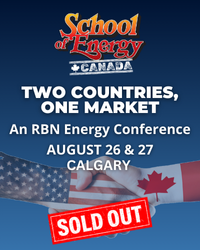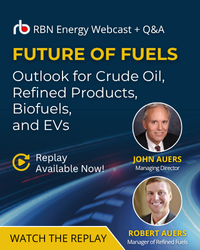California has a long history of leading the U.S. in environmental regulations and of taking federal environmental rules to the next level. Back in the 1960s, for example, the state became the first to regulate emissions from motor vehicles. In more recent decades, it has led the way in reducing greenhouse gas emissions. Many of these progressive regulations migrate to other states over time, which adds significance to a Northern California environmental agency’s recent decision to put stricter limits on emissions from refinery fluidized catalytic cracking units, or FCCUs. In today’s blog, we discuss the new regulation and its potential implications.
On July 21, the Bay Area Air Quality Management District (BAAQMD) approved an amendment to Regulation 6, Particulate Matter, Rule 5 (Rule 6-5) that is expected to impact operating FCCUs in Northern California. The amendment specifically targets emissions associated with particulate matter (PM) and requires refiners to reduce their PM emissions within the next five years. While this regulation applies to all refineries in Northern California with FCCUs (four of the five facilities there), the BAAQMD has specifically identified two refineries in the Bay Area that it expects the regulation to impact directly. Before we dive into the new rule, let’s cover some of the basics for readers who may be unfamiliar with FCCUs and how these units produce and control PM emissions.
What is an FCCU?
A FCCU is a process unit found in two out of every three U.S. refineries. In a refinery, a crude distillation unit (orange column in Figure 1) takes preheated crude oil feedstock and separates it into its various components based on their boiling points. The highest-boiling-point materials are routed to another distillation column, the vacuum distillation unit (green column), for further separation. It is in this unit where the FCCU feed is separated; the FCCU typically processes the vacuum gas oils (VGOs) sourced from the vacuum unit.
Join Backstage Pass to Read Full Article







